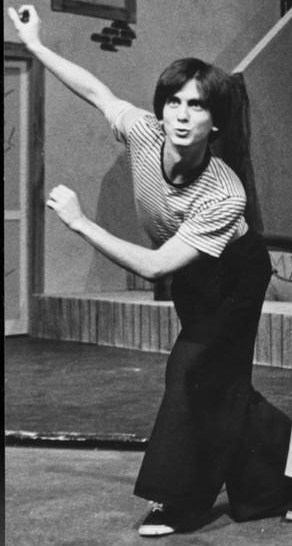 |
| 1921-2012 |
 |
| Adler's first Broadway show was this revue, starring Hermione Gingold and Billy DeWolfe. |
He wrote a couple of forgettable musicals for his wife at the time, Sally Ann Howes, and he produced one of Richard Rodgers' flops, Rex.
 |
| Monroe's Happy Birthday song to JFK has become an historical video documenting his infidelity. |
But let's get back to Broadway. In the 1950s, Adler and Ross became proteges of the great Frank Loesser, so it was a natural step for the team to hit Broadway. Their first show was a musical revue, John Murray Anderson's Almanac, which ran a full season in 1953, which was considered a respectable run for writers making their Broadway debuts.
 |
| Almanac launched Hermione Gingold's career in America. |
Their next two shows, though, were legitimate smashes, and solidified their place in the history of American Musical Theatre. In 1954, Adler and Ross adapted a novel about union workers into The Pajama Game, which remains one of the most revived musicals in educational and community theatre settings.
 |
| Harry Connick, Jr.'s acclaimed performance in this 2006 revival created expectations which were dashed when he returned to Broadway in On A Clear Day, which I wrote about here. |
The show is often remembered for its launching of the career of Shirley Maclaine, who was understudy to supporting player Carol Haney when Haney broke her foot.
 |
| Carol Haney in the role in The Pajama Game which Shirley Maclaine covered. |
 |
| Shirley Maclaine |
Only a year after The Pajama Game opened (it was still running to full houses), Adler and Ross delivered their second smash, Damn Yankees. This show elevated dancer Gwen Verdon to star status; she won the Tony, as did her co-star Ray Walston.
 |
| Gwen Verdon initially turned down the role of Lola in Damn Yankees. She changed her mind and landed on the cover of Time. |
Though solidly constructed, I would not call this show a masterpiece by any means. In fact, the show was so tailored to the talents of Verdon that one of her dance numbers (which graced the Dance Party here) is sometimes cut from the show these days, rightfully so. Not everybody can dance like Verdon. But Damn Yankees remains a particular favorite of mine, as Walston's role, the Devil, is a dream role of mine. I played it in Glendale, CA in 1992 (and would kill to play it again before I have to play it in a wheelchair. I pompously offered this clip from that production as a Dance Party on my birthday a few years ago).
Both Pajama Game and Damn Yankees have had several Broadway revivals, and this week's Dance Party comes from one. Musicals from this period usually featured a supporting female character which was primarily a dance role. Carol Haney's role in Pajama Game was such a role, as is the role featured in this week's clip. Though Damn Yankees hardly needed another dance role, since Gwen Verdon's Lola did more than her share of hoofing, the writers added one anyway, that of female sports reporter Gloria Thorpe. In the 1994 revival, the role was played by Vickie Lewis, who co-starred on the sitcom NewsRadio before turning to the Broadway stage. Here she shows off strong musical comedy chops, in her big number which was broadcast on the Tony Awards that year.
Richard Adler and Jerry Ross were on their way to becoming a substantial composing team when Ross suddenly died in 1955. Because their output was halted, they are not always as admired as other musical writers of the period such as Lerner and Loewe, Sheldon and Harnick, and the very young Stephen Sondheim, all of whom created a full canon of musical theatre gems. But I submit that the back-to-back successes of Pajama Game and Damn Yankees place Adler and Ross in the pantheon of great
composers of the American musical theatre.




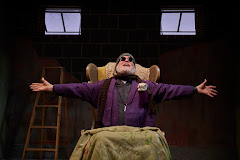





























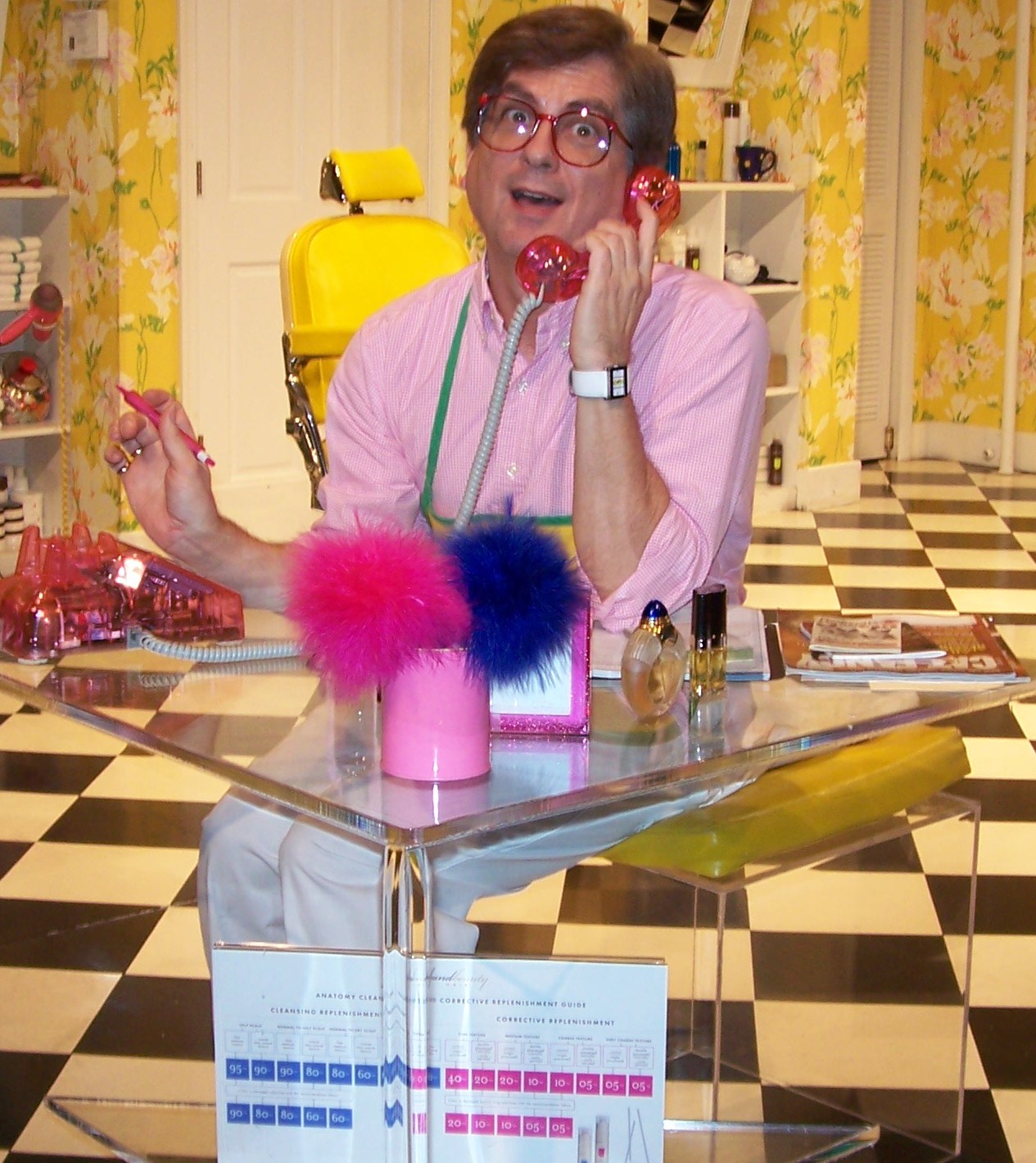

,+Olney+Theatre+Center,+2004.jpg)



,+Shakespeare+Theatre+Company,.jpg)
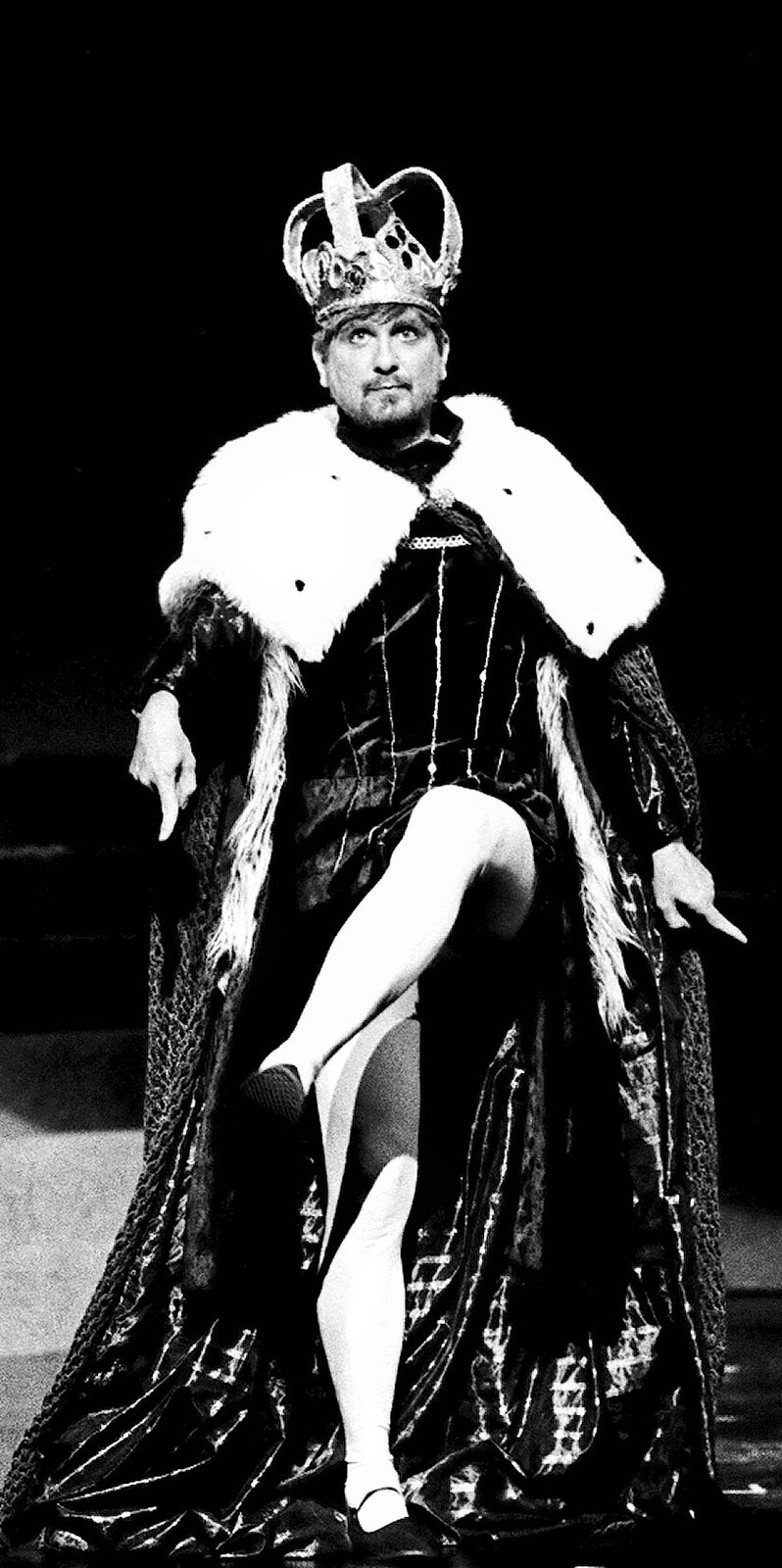

,+Warehouse+Theatre,+1999.jpg)
,+Are.jpg)
,+Everyman+Theatre,2002.jpg)
,+First+Nationa.jpg)
,+Shakespeare+Theatre+Company,.jpg)


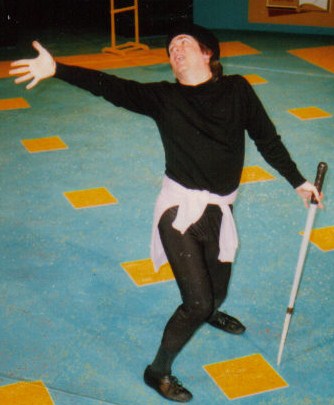
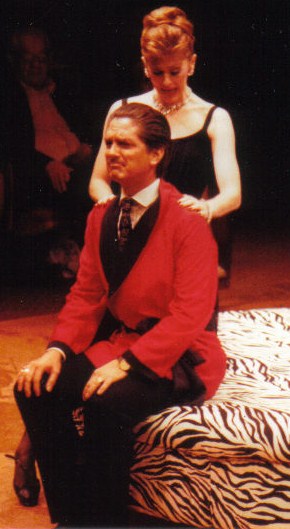


,+Granada+Th.jpg)
,+Globe+Playhouse,.jpg)
,+CSUN,+1976.jpg)
